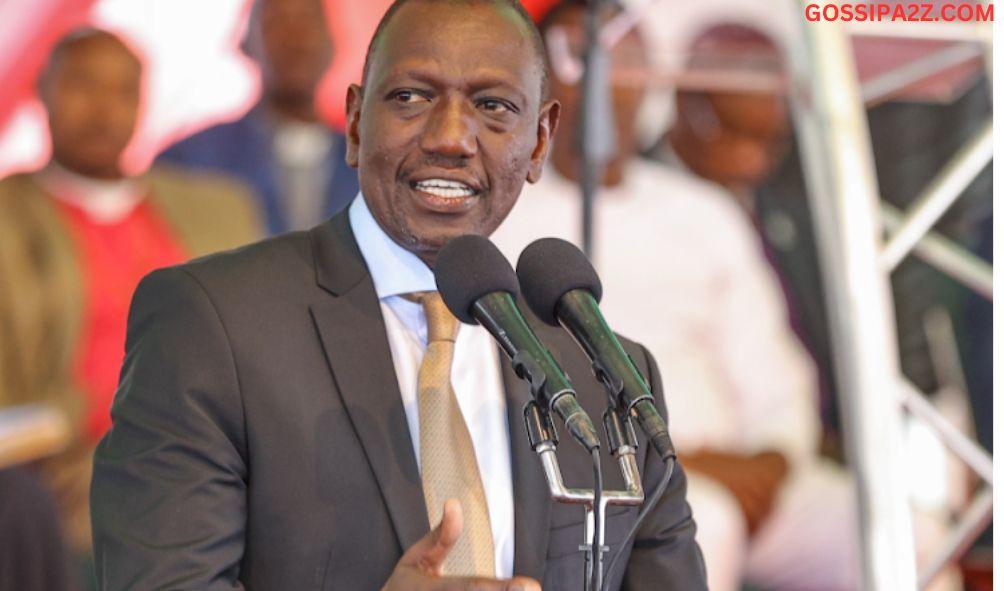Ruto’s Role in Uhuru’s Fuel Subsidy Return
The administration of President William Ruto has reinstated the petroleum subsidy program in its most recent review of August-September pump prices.
The subsidies were implemented during the administration of former President Uhuru Kenyatta to cushion Kenyans from high fuel prices and moderate the cost of essential food items.
According to the Energy and Petroleum Regulatory Authority (EPRA), the subsidy was reinstated to mitigate the effects of higher petroleum landing costs on Kenyans.
It was reported that the price of Super Petrol at the port of entry increased by 6.84 percent over the past month. Diesel and Kerosene landing costs increased by 4.29 percent and 7.41 percent, respectively.
With the resumption of the subsidy, fuel prices in August remained unchanged.
How Prices Would Appear Absent Subsidy
According to EPRA’s calculations, a liter of Super Petrol was to be sold for Ksh202.01, an increase of Ksh7.33 from the current price of Ksh195.68.
Diesel was to increase by Ksh3.59 from its current price of Ksh183.26.
Kerosene was expected to reach Ksh175.22 from the current Ksh169.48, representing an increase of Ksh5.74.
Price of living
If the government had failed to implement the subsidy, the prices of staple goods such as maize flour, sugar, and cooking oil would have skyrocketed.
Fuel price increases result in an increase in transportation costs, which are automatically passed on to consumers.
In its July Agriculture Survey Report, the Central Bank of Kenya (CBK) predicted that several domestic items, such as onions, would increase in price due to poor harvests in Kenya and Tanzania.
At present, a medium-sized onion costs between Ksh15 and Ksh20.
If the subsidy had not been implemented, the price would have exceeded Ksh20 due to the rise in transportation costs.
Additionally, the prices of sugar, culinary oil, and eggs are expected to rise this month.
The IMF Aspect
The International Monetary Fund (IMF) has been one of the leading proponents of subsidy elimination. Notably, Ruto eliminated the subsidies just two days after assuming office.
The president explained that his successor’s program was unsustainable because it only benefited a handful of importers. Ruto also alleged that the program’s funds were mismanaged and unaccounted for.
Despite the IMF’s pressure, GossipA2Z has determined that the country still has room for the program. In its fifth evaluation of the nation in July, the Treasury announced that all subsidies would be eliminated by the end of August.
The IMF report stated, “A task force to review the fuel pricing mechanism and ensure that fuel prices are always aligned with the approved budget has been established, and its findings will be made public in August 2023.”
Conflict Pressure
If the Ruto administration had failed to implement the subsidy program, he would have given his archrival Raila Odinga political ammunition for his anti-government campaign.
In July, the opposition conducted nationwide demonstrations against the government over the cost of living. These demonstrations have paralyzed portions of the nation.
Notably, the high cost of living is one of the topics that Wiper leader Kalonzo Musyoka and National Assembly majority leader Kimani Ichung’wah are discussing in their ongoing discussions.
Hustler Aspect
Ruto has been accused of reneging on his campaign promise to reduce the cost of living, as critical commodities such as fuel have increased in price since he assumed office.
The high price of petroleum had also caused the prices of other goods to rise. If the prices of the products had increased, he would have lost contact with his base of support.
According to a poll conducted by TIFA and released last month, only 30.8% of Kenyans believe Ruto has kept his campaign promises. The vast majority of Kenyans believe the current government has failed to address the high expense of living and unemployment.
Ruto’s Role in Uhuru’s Fuel Subsidy Return
